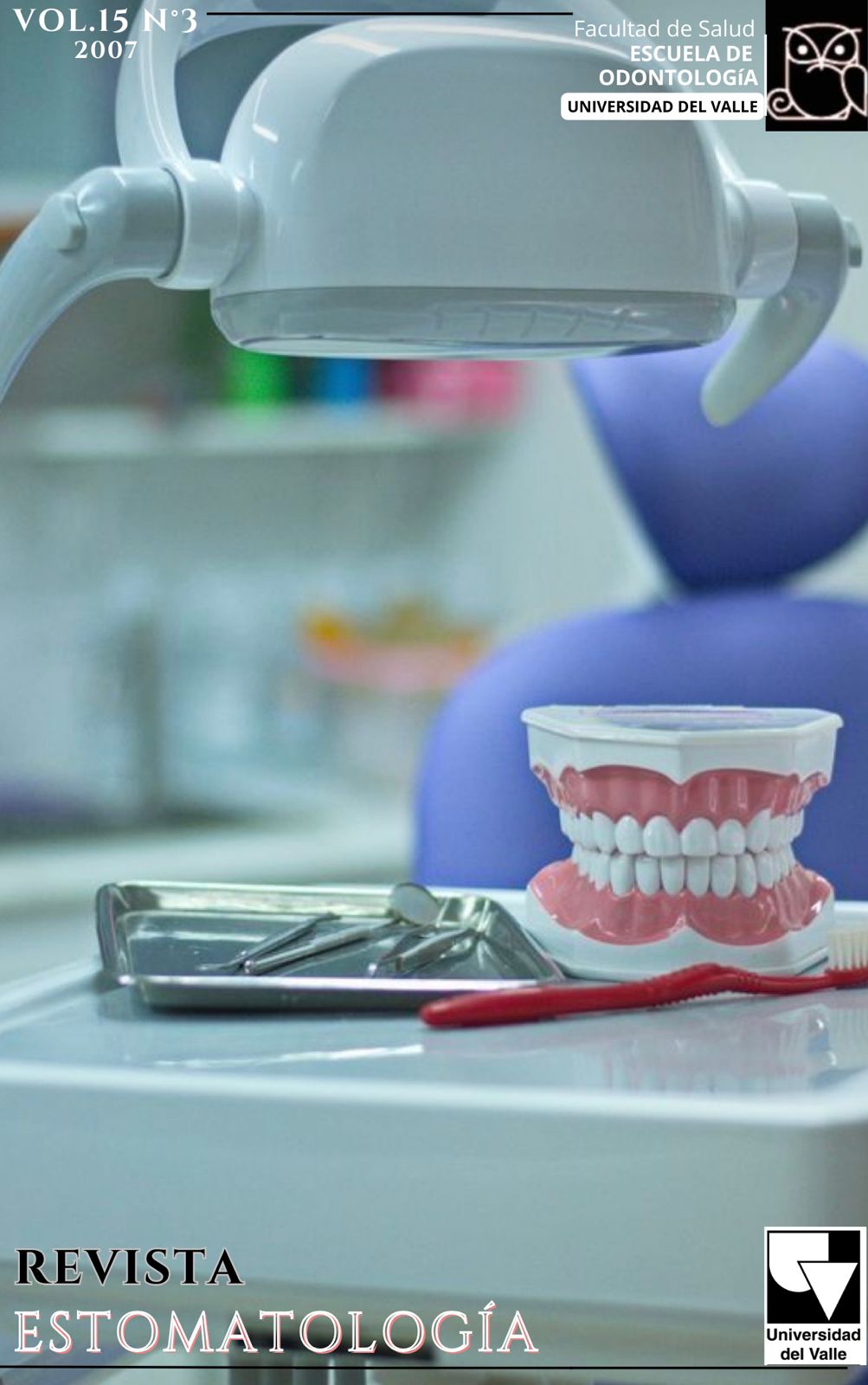Racial diferences in tooth crown size gradients within morphogenetic fields
Main Article Content
Summary: Teeth are arranged in morphogenetic fields,
which are anatomical locations in the jaws that regulate tooth types, namely incisors, canines,
premolars, and molars in primates. Each field is composed of two or three teeth (except for the
isolated canine), and there is a characteristic size gradient corresponding to directionality within
each field, generally with the mesial tooth being larger and more stable than the distal, variable
tooth. Focus of the present study is on racial differences in the steepness of these mesial-distal
crown size gradients. Groups with “steep” gradients have appreciable size reduction from the stable
to the variable tooth, while other groups, with “shallow” gradients, have more similar crown
dimensions across a field. This worldwide survey of published studies (107 groups) assessed
intergroup (rather than inter-individual) variation in size gradients calculated for the incisors,
premolars, and molars in each arcade. Caucasians tend to have the steepest gradients; aboriginal
Australians tend to have the most shallow gradients. Correlations among the gradients of different
tooth types are significant statistically, but modest, suggesting that microevolutionary factors
have influenced the gradients of different groups differently. Of the seven geographic groupings
evaluated, Amerindians are the most distinctive. We briefly speculate on the nature of the
developmental molecular signaling that determines these gradients. Key words: Tooth size.
Odontometrics. Morphogenetic fields. Human variation. humana.
Downloads
Los autores/as conservan los derechos de autor y ceden a la revista el derecho de la primera publicación, con el trabajo registrado con la licencia de atribución de Creative Commons, que permite a terceros utilizar lo publicado siempre que mencionen la autoría del trabajo y a la primera publicación en esta revista.





